This Dutch Startup Is Making Bricks From Industrial Waste
StoneCycling turns ceramic tiles and toilets, discarded glass and insulation into new, eco-friendly building materials
/https://tf-cmsv2-smithsonianmag-media.s3.amazonaws.com/filer/fc/b0/fcb0cca8-4bee-407e-a066-178abbba97ac/stonecycling-brickmaking.jpg)
While studying at the Design Academy in Eindhoven, the Netherlands, Tom van Soest built his very own blender. This was no ordinary blender though. The gleaming metal device was mounted into a four-legged stand. And rather than mixing berries and bananas into smoothies, the industrial designer crushed old sinks, toilets, tiles, insulation material and glass.
“Like a chef in a kitchen, he composed new recipes,” says Ward Massa, a longtime friend and now business partner of van Soest’s.
In 2013, Massa and van Soest founded StoneCycling, a company that turns industrial waste—from the ceramic, glass and insulation industries—into new building materials. The production of their WasteBasedBricks uses significantly less energy than the traditional brickmaking process. Massa shares their story.
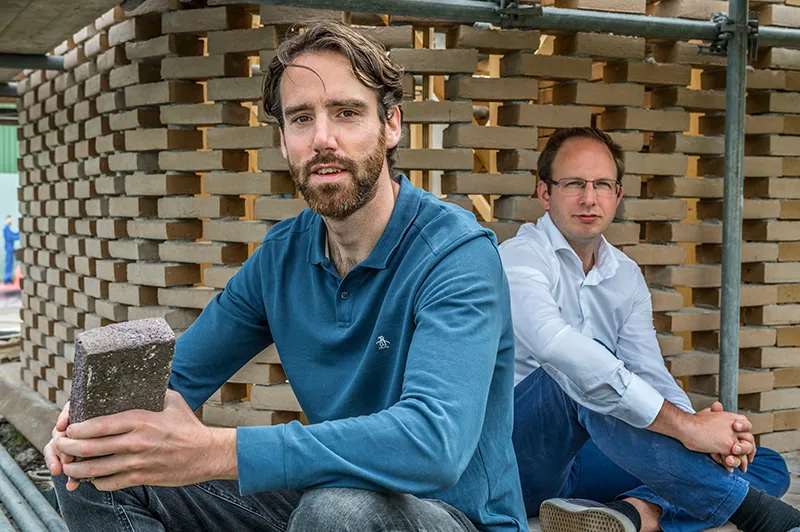
Let’s start with the problem. What problem are you trying to fix?
The problem is that waste is still seen as waste. We think waste is an opportunity to make new things.
Tom van Soest started this project as part of his graduation at the Design Academy in Eindhoven four years ago. Due to the economic crisis, there were a lot of buildings that needed to be demolished—buildings of low quality or buildings that did not fulfill the owners’ needs anymore. Tom started to investigate what happens to these buildings once they are being demolished and if it would be possible to upcycle these materials into new and high quality building materials. He put the waste through an adjusted ceramic process and realized that, if combined in the right way with the right process, it is possible to create new stable materials.
He received a load of positive feedback once he presented his ideas at the graduation show. Since I had experience in starting companies, he asked me to team up with him. Together, we started StoneCycling. Since ‘a material’ was difficult to make and market without knowing what the qualities of ‘a material’ should be, we decided to start with a powerful message. Let’s innovate the cornerstone of the building sector: the brick.
A year later we presented our first series of WasteBasedBricks.
What is a WasteBasedBrick?
These are bricks that fit industry requirements. They are made primarily of secondary [waste] materials, can be fired up at a lower temperature compared to many bricks used now and have a very strong focus on aesthetics.
Since building from waste is still very new, it is important to not only develop a more sustainable product but also a product that triggers the aesthetic experience of people. Our WasteBasedBricks show that you can make really cool and technically sound stuff from waste.
What ingredients are highly desirable, and what materials do you actively avoid using?
We mainly use mineral-based waste since we put it through a ceramic process. We started out with demolition waste but are slowly moving towards industrial waste. These streams are purer and available in large quantities with little change in quality. At the same time, we are working together with real estate developers, demolition companies and builders to motivate more selective demolishing.
If we are willing to buy pure waste, this could be an incentive for demolition companies to do their work more precisely. For a builder, it could be a motivation to use certain materials because at the end of the life cycle the materials are worth more. For the real estate developer, the value of the property increases because the materials keep more value.
We now use waste from the ceramic industry, such as tiles, bricks and toilet pots; the glass industry; and the insulation industry—industries within a 150-kilometer radius from our production partner. We are experimenting with many more streams from amongst other waste-burning power plants and the aluminum industry. Often the waste stream itself is perfectly usable—for instance, ground ash—but environmental policies do not allow these waste materials to be easily used as input for new building materials. The government in the Netherlands, as well as the EU, is working hard to facilitate the circular transition.
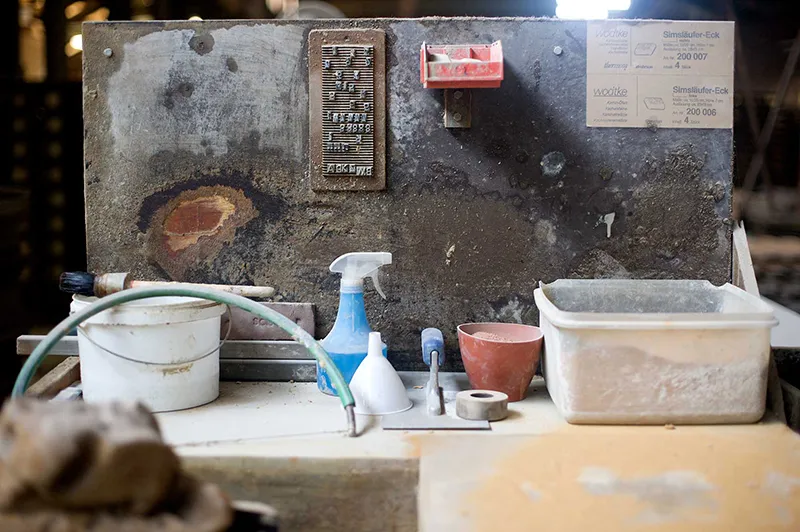
How much energy is saved through your process, in comparison to traditional brick making?
Preliminary theoretic calculations show about a 25 percent energy savings with this process. But an independent institute will do new analysis this fall to measure the actual amount.
What have been your biggest challenges?
Starting a company means you have to move fast. Working in the building sector means everything moves slow. It often takes three years from designing a building to actually building it. For us as a company, to close this gap and find projects that materialize faster is challenging. That’s why we are also focusing on interior applications. This often moves much faster.
Finding the right type of investors that understand the pace of this sector but see the potential also takes time and many talks.
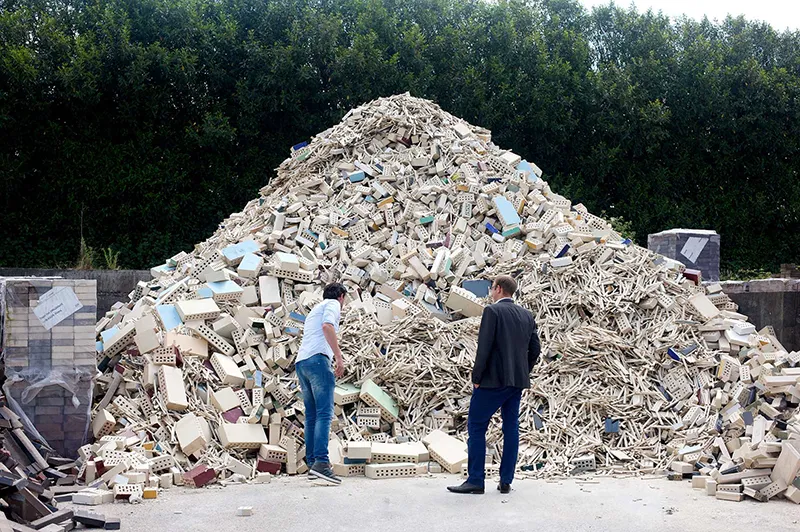
What is a “building material passport,” and how would this help your efforts?
A building passport would be a document or database that contains all the materials that are used in a building. When demolishing a building, it would then be much easier to find out what the value of demolition waste is and for which purpose the waste can be reused.
When buildings are being demolished now, often there are sudden pleasant or unpleasant surprises in terms of materials.
Where are the bricks being used? Can you describe some current projects, including the private home in Rotterdam and any buildings in the United States?
Building from waste is still very new. An important part of our work is finding projects that put forth a strong message. These are often unique projects with a strong sustainability ambition. With our products, we focus on the higher segment. We want to create beautiful and inspiring structures. This enables us to show what you can do with waste.
Besides the TrueTalker, a cone-shaped pavilion with a fireplace inside that we built in Amsterdam together with Studioninedots, and a house in Rotterdam, we have many cool projects lined up for the coming years. These include houses, retail shops and apartment buildings in the Netherlands, Luxembourg, UK and Belgium.
We get more and more requests from interior architects around the world, in Manhattan, Brooklyn, San Francisco and Beverly Hills. Our products, especially the more exotic Aubergine, Wasabi and Truffle bricks, are being used for cladding of interior walls, bars and checkout counters.
What’s next for StoneCycling?
We want to become better in what we do. This means upcycling more and different types of waste in high quality and visible building materials. Since our background lies at the Design Academy, we are excited to present a range of design interior products later this year together with an Amsterdam-based design studio.
We want to collaborate with architects and interior designers from across the world to create inspiring waste-based materials and structures. We want to realize unique projects on each continent. Eventually, we want to erase the word waste form the dictionary.
/https://tf-cmsv2-smithsonianmag-media.s3.amazonaws.com/accounts/headshot/megan.png)
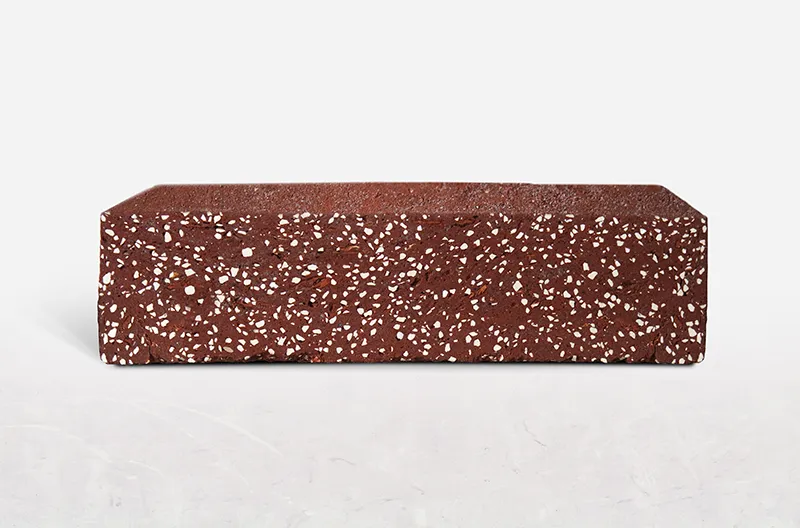
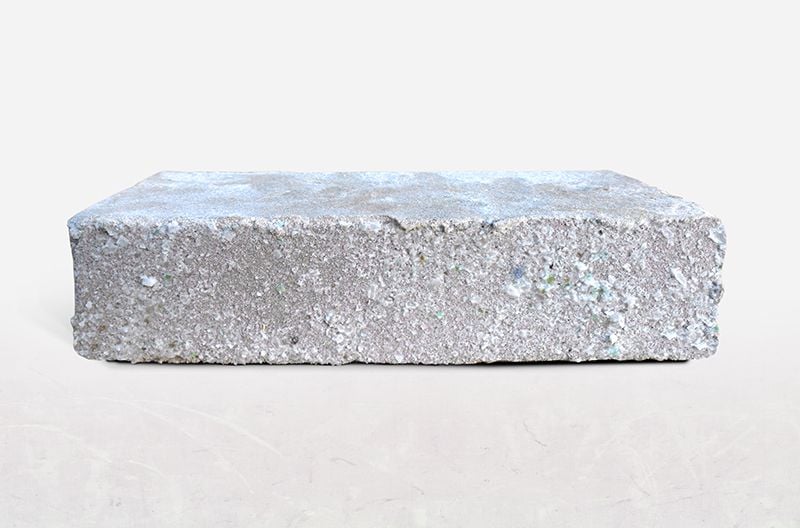
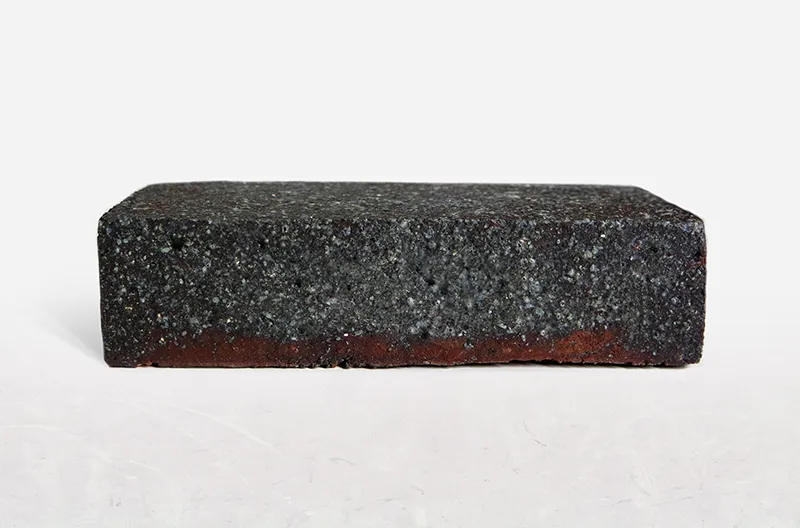
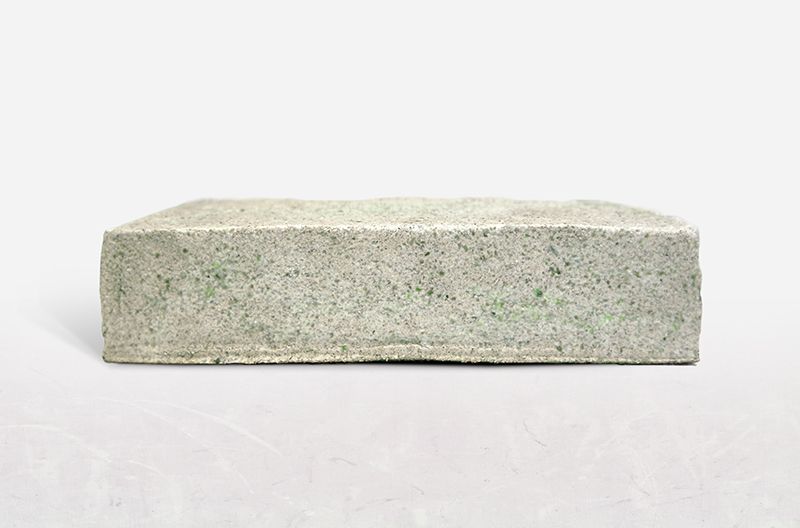
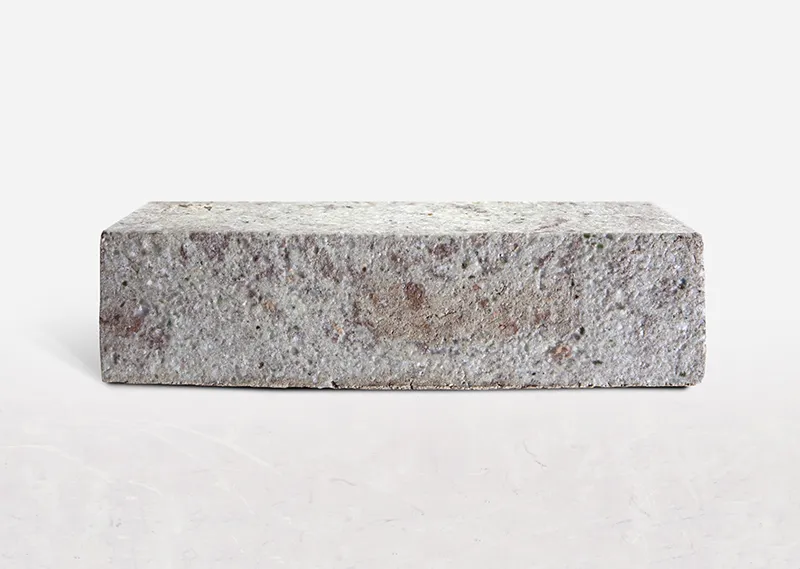
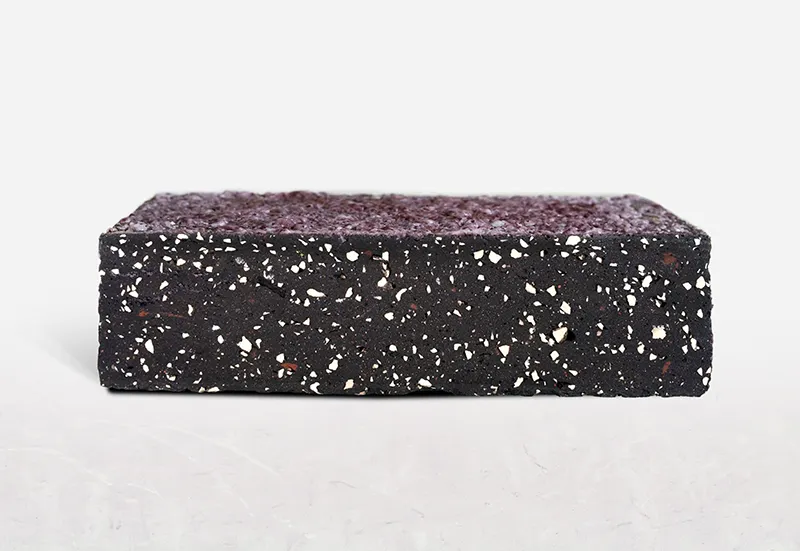
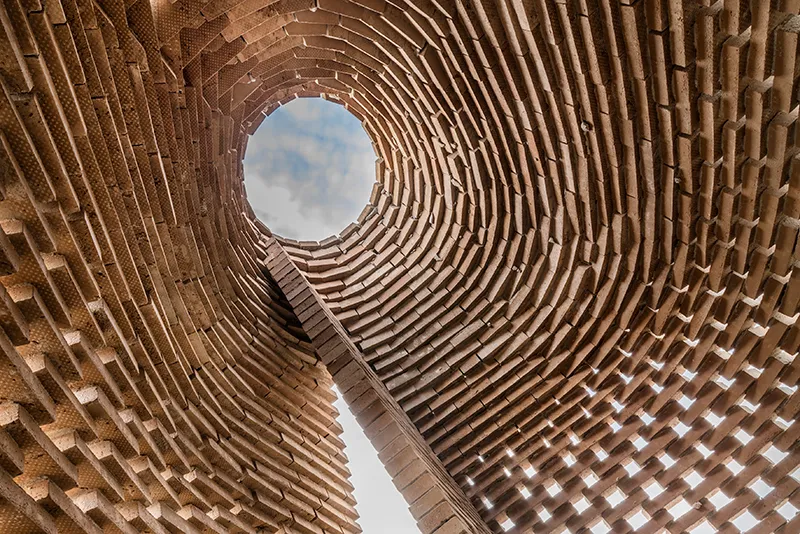

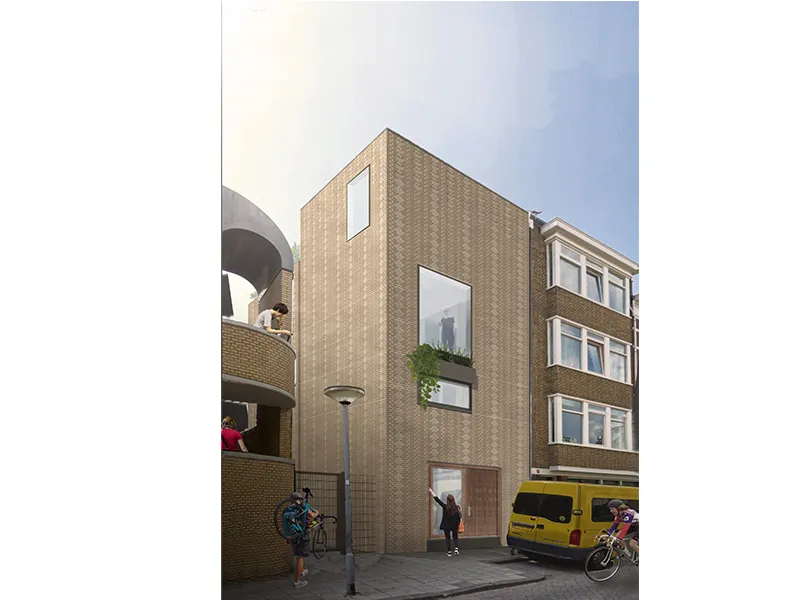
/https://tf-cmsv2-smithsonianmag-media.s3.amazonaws.com/accounts/headshot/megan.png)